Whether you think it’s a red herring or integral to St Johnstone’s form slump of last season and slow start to this one, Callum Davidson’s three at the back formation has long been a big tactical talking point.
In fact, make that the big tactical talking point.
Courier Sport takes a look at the origins of the backbone of the Saints’ team and assesses whether changing it would be the right strategy.
Wright roots
The roots of a 3-5-2 at St Johnstone, or a variation of it, took hold under Davidson’s predecessor, Tommy Wright.
A 2-1 victory against Kilmarnock towards the end of January 2020, in what would turn out to be the Northern Irishman’s last campaign in charge, gave enough encouragement for it to be deployed on and off over the next few months.
That day, Callum Booth was the left-sided centre-half but it was Jamie McCart’s arrival that was the trigger for it becoming a semi-regular formation.
Kerr-Gordon-McCart was first on a team-sheet in Dingwall for a 1-1 draw against Ross County.
And it was the defensive trio for Wright’s last match – a 1-0 win against Livingston.
1 year ago today, a late @Callum_Hendry goal gave Saints a 1-0 win over Livingston to make it 7 games unbeaten. It would turn out to be the final game of the 2019/20 season and the last visit to McDiarmid for the majority of fans. pic.twitter.com/S82xCS73ew
— St Johnstone Fans (@StJohnstoneFans) March 7, 2021
Millwall success
In Davidson’s time as Wright’s assistant at McDiarmid, Saints were very much a four at the back side.
And it was largely the same when he left to work alongside Gary Rowett at Stoke.
It wasn’t until he reunited with Rowett at Millwall that Davidson, who had been part of the Scotland backroom team when a 3-4-2-1 nearly ended in victory against England, had sustained success with a set-up that has subsequently become so familiar to Saints fans.
Spectacular (but not instant) rewards
When you take into consideration the fact that Davidson’s most recent pre-Saints coaching experience was with a back three at Millwall and that he inherited a trio of players ready to hit the ground running as a unit at McDiarmid in his first season as a manager, it made absolute sense that was the route he went down in 2020/21.
Signing Danny McNamara on loan didn’t hurt either.
Saints got off to a slow start, however. And nine games in, Davidson tried a back four away at Livingston, with Gordon the centre-half left out.
Had that match gone well – it didn’t – two cup wins may not have followed.
First with McNamara and then with Shaun Rooney, the defence and the Saints team found their form with spectacular rewards.
Rooney’s licence to attack the back post and Kerr’s capability to serve as an extra attacker bamboozled opposition managers – Jack Ross top of that list – and the greatest season in St Johnstone’s history was built on that foundation.
Change in fortunes but no change in formation
Much went wrong with the Saints team last season.
Whether switching to a flat back four would have made a significant difference, I’m not convinced.
It wouldn’t have made the team any worse during that wretched 10-game losing run but it likely wouldn’t have made it any better either.
Poor recruitment and individual collapses in form far out-weighed tactical tweaks – or the lack of them.
No Kerr and no Ali McCann would have disrupted any system and the young defenders brought in on loan weren’t Premiership ready.
The big decision was made in the January transfer window to bring in players to fit the familiar formation.
And, on balance, sticking to a way of playing that suited McCart, Gordon and Rooney best was a gamble that paid off, even though there were plenty of occasions when passing their way up the pitch, or indeed doing it through a long diagonal ball, proved beyond the new-look team.
Saints stayed up. Nothing else mattered.
Pre-season issues
Davidson spoke in pre-season about the importance of tactical versatility when it came to his transfer business.
And in Saints’ second last pre-season game against Inverness Caledonian Thistle, he went with a back four.
The match was played behind closed-doors but Billy Dodds’ side cut through the team they lost to in the end-of-season play-offs with worrying ease.
With the League Cup group fixtures not going well defensively, Dan Cleary returning to Ireland for family reasons, John Mahon out of form and Gordon injured, it was no surprise that Davidson went with a three to offer as much security at the back as he could get for the start of the Premiership.
He needed Ryan McGowan and Andy Considine on the pitch and you wouldn’t play them as a pair.
The combination of the two veterans with Alex Mitchell in between them worked better against Hibs than could have been reasonably expected.
With every other fixture so far being one in which Saints were second favourites, you can see why Davidson has seen through this opening spell with those three starting every time.
It’s been at the cost of ‘having a go’ at home, however.
Is now the time?
Saints are about to embark upon a far more appealing run of games.
And they’re going to need to be more effective in basing themselves in the opposition half and getting crosses into the opposition box to (hopefully) feed their new centre-forward, Nicky Clark.
The risk-reward pendulum has swung from favouring the status quo to trying something new.
That St Mirren are the visitors to McDiarmid at the weekend is symbolic.
Possibly above all other matches last season, the failure to seize the day when the prospect of dragging a freefalling Stephen Robinson team into the relegation battle was the hardest to stomach for supporters.
If Saints can flip that scenario, Saturday afternoon could be transformative.
The Buddies also usually line-up with a three, which may tempt Davidson into matching up.
Sticking or twisting both carry jeopardy, of course.
The extensive work in the transfer window has given him the adaptability he craved, albeit options in central midfield are light at present.
And a logical development over the next few weeks – and the rest of the season, in fact – would be for Davidson to go back to the end of the Wright era, switching formations to suit the circumstances and opponent.
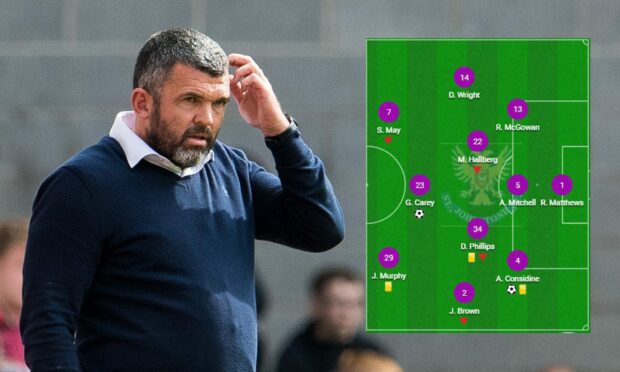
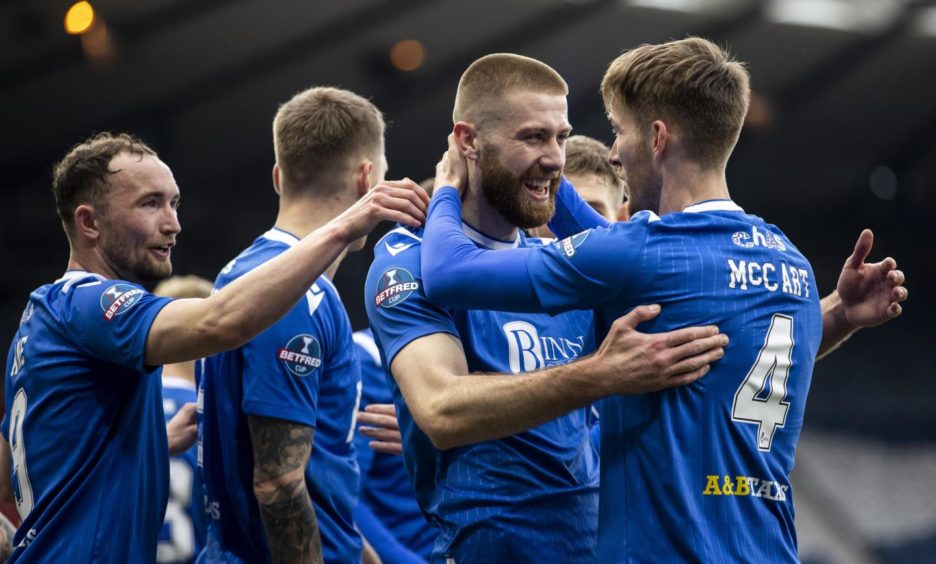
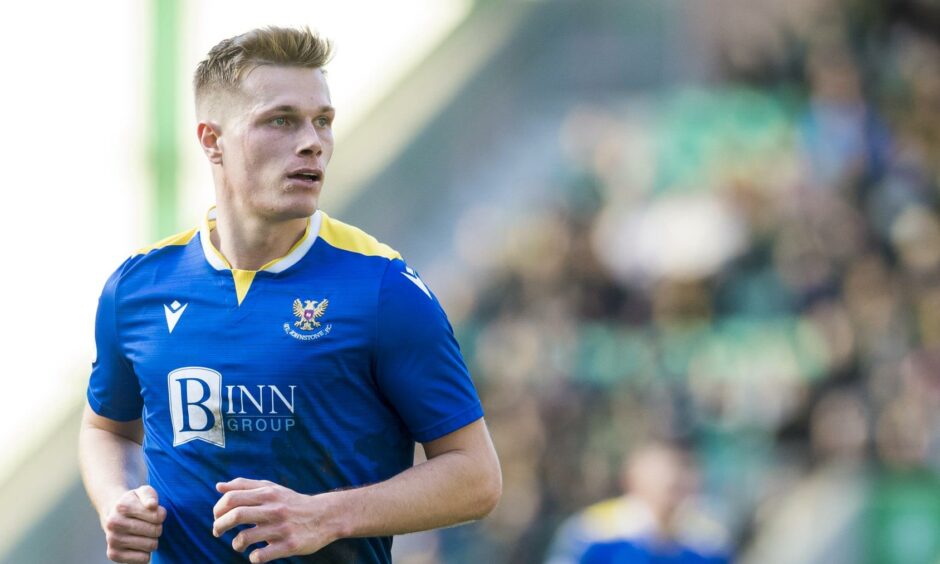
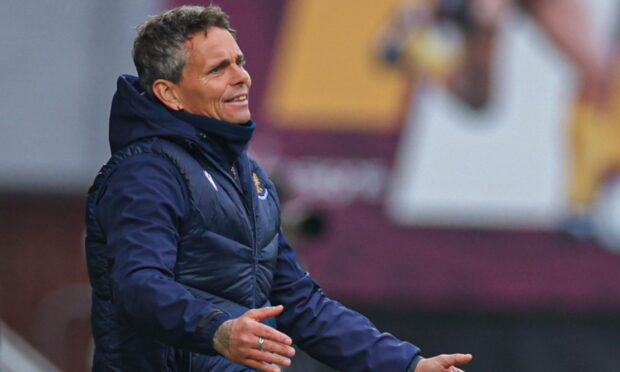
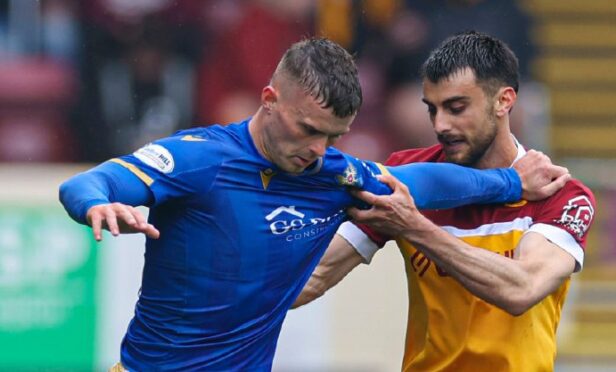
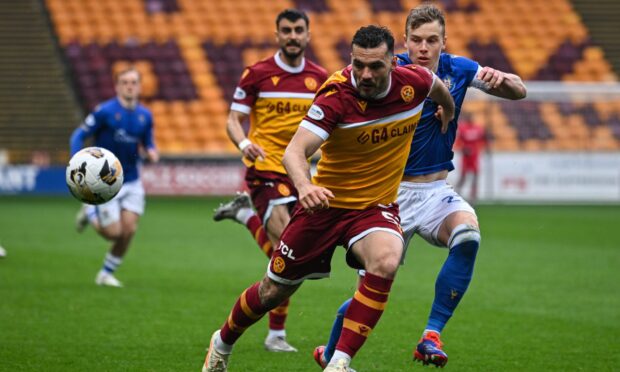
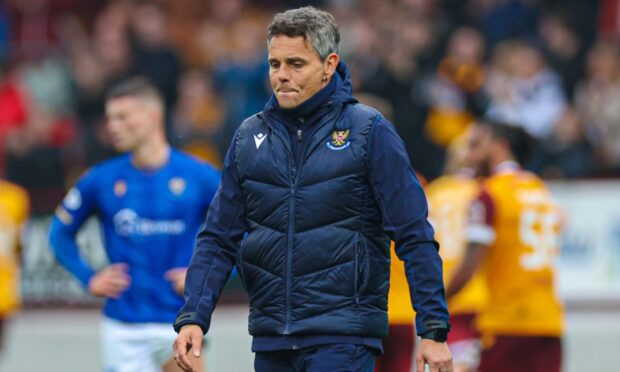
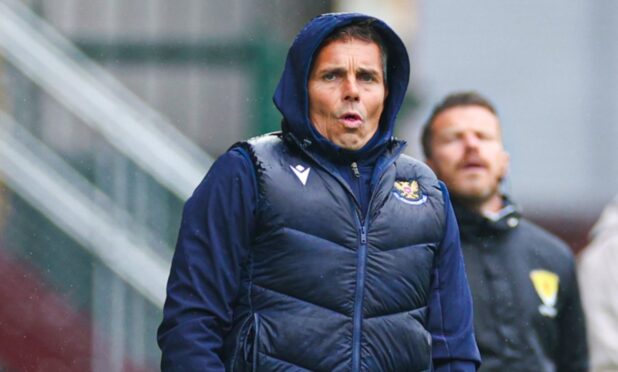
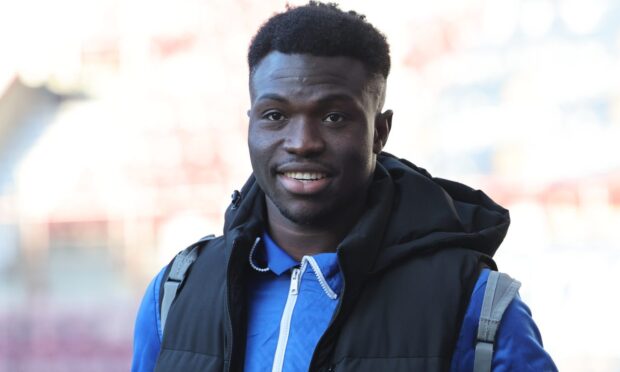
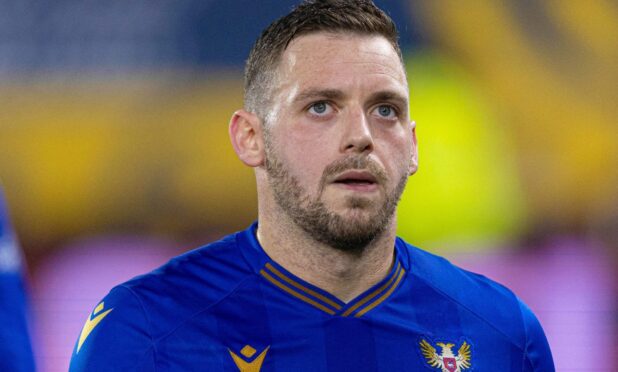
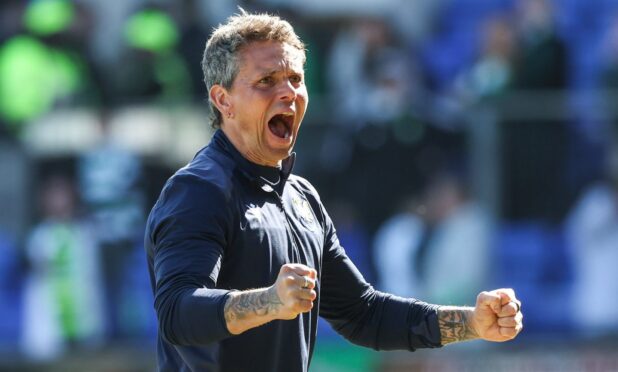
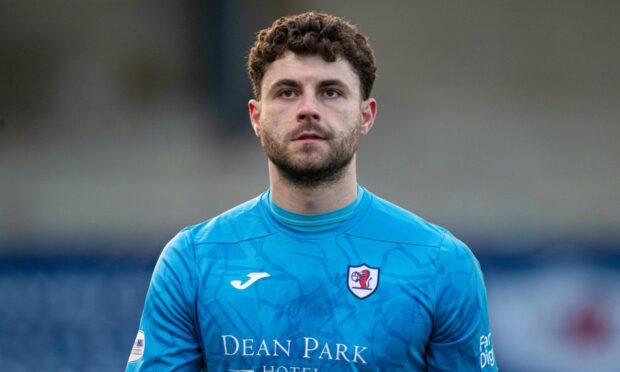
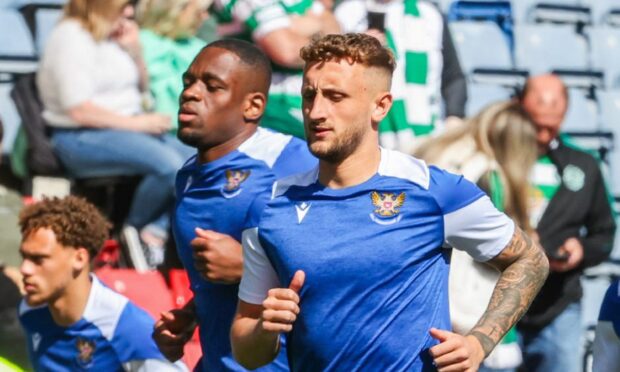
Conversation